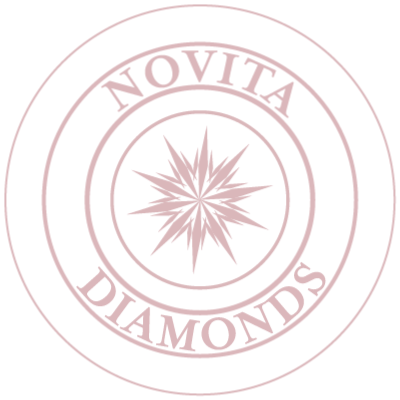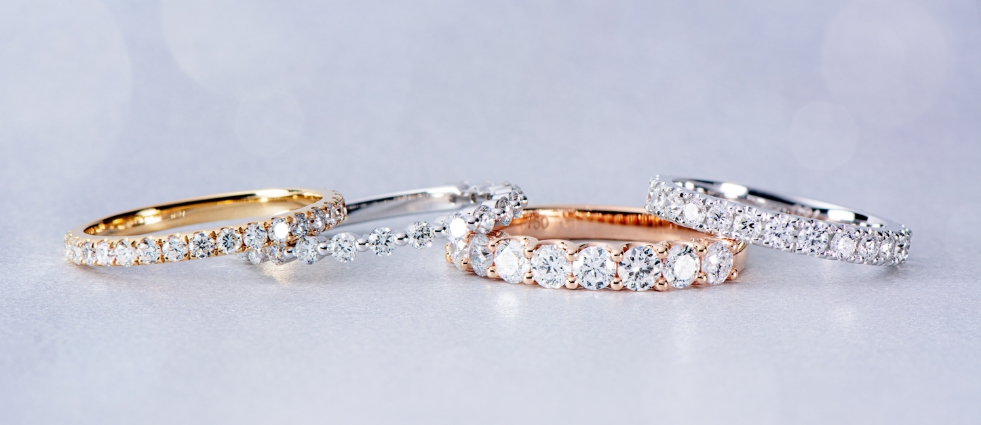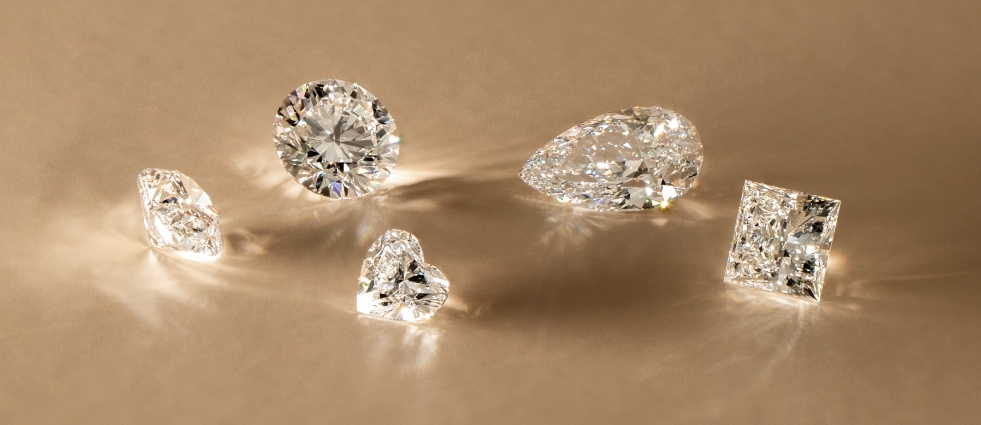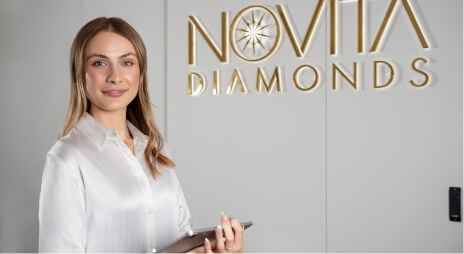GIA's recent announcement to fully certify colorless (white) lab grown diamonds is a significant moment in the history of the diamond industry, albeit coming later than expected. As industry veterans and experts, we would like to take this opportunity to share our thoughts on what this means for you as a customer and the global man-made diamond market as a whole. Of particular note is that GIA will be using the same methodology and standards for lab grown diamonds that they use for mined diamonds. Furthermore, we will delve into the fascinating journey that led GIA to make this decision.
LAB GROWN DIAMONDS AND GIA HISTORY
Ever since lab grown diamonds entered the diamond market, the story of GIA and lab grown diamonds has been closely intertwined. As the most reputable diamond certifier globally, GIA has been a strong advocate of lab grown diamonds from the start and was among the first to certify them. It is worth noting that about 15 years ago, man-made diamonds were generally regarded as inferior to mined diamonds because they often had a yellowish hue. However, with advancements in technology, lab grown diamonds can now be produced with a colorless appearance, making them virtually indistinguishable from their mined counterparts.
UNBEATABLE VALUE ON LAB DIAMONDS
Four years ago, the introduction of the first high-quality, gem-like, colorless lab grown diamonds marked a turning point in the diamond industry. However, to the surprise of many, GIA, which had been an early adopter and a strong supporter of lab grown diamonds, suddenly stopped certifying them. This decision was quite perplexing and seemingly illogical to industry insiders like us, and it was a hot topic of discussion for a long time. If GIA had continued to certify lab grown diamonds as they had done previously, they could have capitalized on this game-changing development and reaped significant rewards with minimal effort.
Over time, various theories and speculations emerged as to why GIA stopped certifying lab grown diamonds. Among them, one theory emerged as the most credible and has been backed up by multiple pieces of evidence. According to this theory, De Beers, feeling threatened by the increasing quality of lab grown diamonds, which had become virtually identical to mined diamonds, exerted pressure on GIA to halt their certification of lab grown diamonds.
To provide background for some of our younger audience, De Beers is a major player in the world of diamonds, and their influence has been instrumental in shaping the diamond industry as we know it today. They were a driving force in making diamonds the go-to choice for engagements and weddings in nearly every culture. De Beers coined the unforgettable and instantly recognizable term "Diamonds are forever," forever changing how love and romance were expressed. As a result, De Beers profited massively and was able to dominate the diamond industry and dictate how it was run. They had total control over the supply chain and, as a result, could control global diamond prices.
It's worth noting that while De Beers has historically had a significant impact on the diamond industry, the company's influence has decreased over time. Today, De Beers is just one of several major players in the industry, and lab grown diamonds have become increasingly popular among consumers. The decision by GIA to certify lab grown diamonds is significant not only because it indicates the increasing acceptance of these diamonds in the industry, but also because it ensures that consumers can have confidence in the quality of the diamonds they are purchasing, whether they are natural or lab grown.
Despite efforts to maintain independence, GIA remained subject to the influence of De Beers, who required GIA to use a distinct grading system for lab grown diamonds, separate from the system used for mined diamonds. It became apparent that this new system was intentionally created to undervalue lab grown diamonds, a tactic that aimed to preserve the prominence of mined diamonds. The discerning observer could easily deduce that this was a strategic move by De Beers to leverage its power and maintain its monopoly in the diamond industry.









